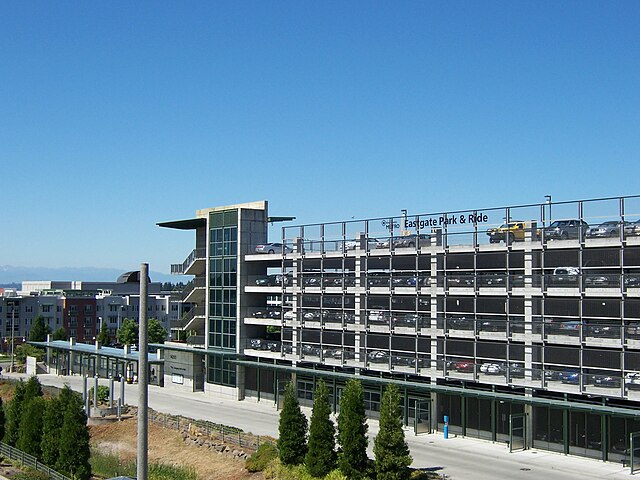by DR. KARI WATKINS
Hello Seattle Transit Community –

For more than a decade you have loved and supported OneBusAway. As many of you know, Brian Ferris and I created OBA as two PhD students thinking that we could make transit information better in the Seattle area. Since then, the app and backend have expanded to hundreds of thousands of users in multiple cities as well as providing real-time info in Seattle for a very long time. A few years ago, our longtime mentor Alan Borning helped the OneBusAway community create a non-profit called Open Software Transit Foundation to govern the project. However, we are a meagerly funded non-profit that exists primarily based on the blood, sweat and tears of a few dedicated volunteers on our board.
Recently, we reached a crossroads. We still powerfully believe that having a transit-agency-controlled, open-source-coded way to get your transit information remains a good thing, even in a world with Googles and Transit Apps and contractors helping agencies spend millions to create their own dedicated app. Yet it is getting harder and harder to exist as a volunteer-only organization and we feel the need to finally hire a dedicated developer who would work for us on the project to keep the apps up-to-date while trying to increase our reach.
To do this, we need an influx of cash. We have long had an account set up for you to make donations, but have only used it when people asked us. We are now working on revising the apps to make a plea for donations more prominent. We’re looking at a wikimedia version of taking donations. Every once in a while, we make a plea that if you rely on us to get your info, show us the love.
We know that Seattle Transit Blog was with us from the very beginning (earliest I can find is 2009), encouraging Brian and I back in the day, so we thought we would start here to make our first plea. Think of this as a way for us to gauge if this is going to work. And if you have funding ideas for us, feel free to reach out at info@onebusaway.org.
Thanks for your support all these years,
Kari
Kari Watkins is an Associate Professor of Civil and Environmental Engineering at UC Davis.










 by KATIE WILSON and SAM SMITH,
by KATIE WILSON and SAM SMITH, 


